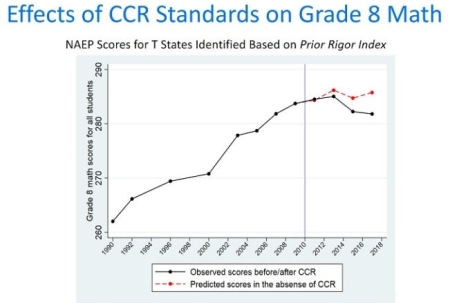Bigelow announces four tourist bookings to ISS using Dragon
Capitalism in space: The private space station company Bigelow Aerospace announced yesterday that it has booked four tourists to spend from one to two months on ISS.
The bookings will fly to ISS using SpaceX’s Falcon 9 rocket and Dragon capsule. Though the company did not say how much these tourists have agreed to pay, it said that it intends to charge $52 million per ticket.
This announcement follows directly from NASA’s announcement last week that it will allow commercial tourist flights to ISS. Previously Bigelow had said it would fly tourists to its own space station using Boeing’s Starliner capsule. Now it is going to take advantage of NASA’s new policy to send the tourists to ISS, and it will use Dragon, probably because Dragon is closer to becoming operational.
I also suspect that Bigelow’s long term plans are to add its own hotel modules to ISS for these flights, and then later follow-up by building its own independent space station.
Capitalism in space: The private space station company Bigelow Aerospace announced yesterday that it has booked four tourists to spend from one to two months on ISS.
The bookings will fly to ISS using SpaceX’s Falcon 9 rocket and Dragon capsule. Though the company did not say how much these tourists have agreed to pay, it said that it intends to charge $52 million per ticket.
This announcement follows directly from NASA’s announcement last week that it will allow commercial tourist flights to ISS. Previously Bigelow had said it would fly tourists to its own space station using Boeing’s Starliner capsule. Now it is going to take advantage of NASA’s new policy to send the tourists to ISS, and it will use Dragon, probably because Dragon is closer to becoming operational.
I also suspect that Bigelow’s long term plans are to add its own hotel modules to ISS for these flights, and then later follow-up by building its own independent space station.

